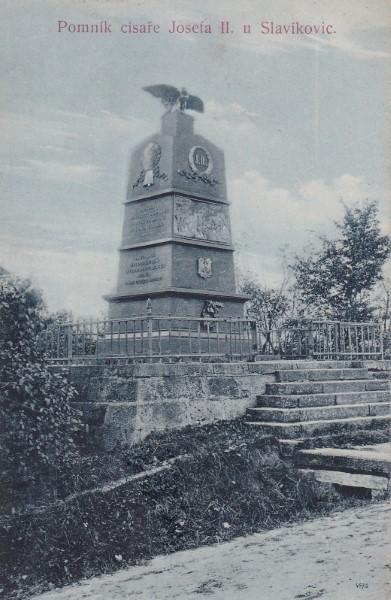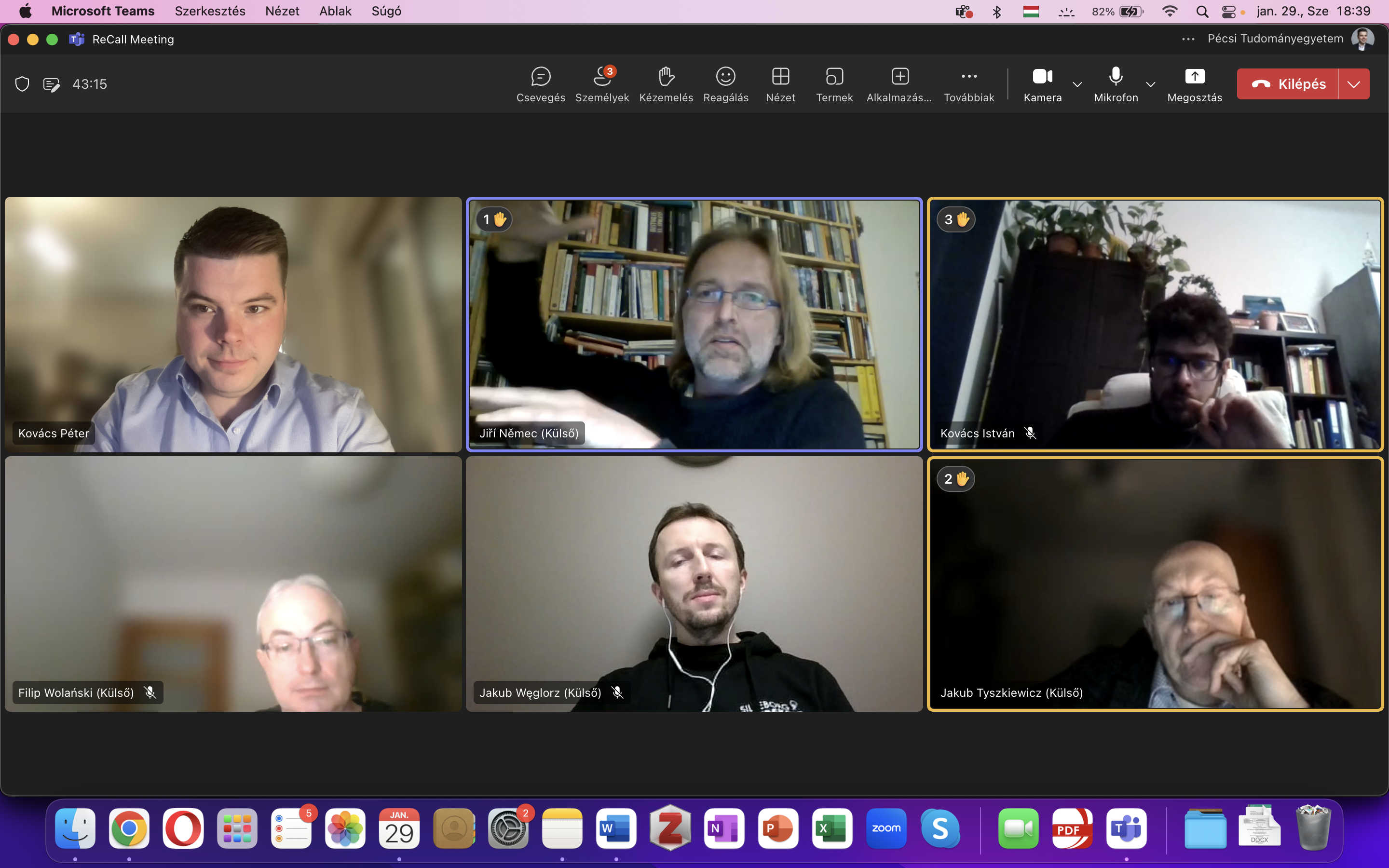Josef II and His Reforms – Monument to Joseph II’s Ploughing, Slavíkovice
Fact of the Czech figure „Culture in the Era of Renaissance and Baroque”
Part of the „Legacy of the Jagiellonians and Habsburgs dynasties” topic
The tumultuous decade of Emperor Joseph II’s reign left a lasting trace on Czech collective memory as a period of extensive reforms that transformed the old Baroque monarchy into a modern state. The abolition of serfdom, tolerance of non-Catholic religions, the creation of a system of hospitals and alms-houses, and reforms of the church, administration, and judiciary are all seen as the actions of an inherently liberal ruler. However, the image of a monarch who tirelessly worked for the well-being of his subjects, though sometimes overstepping his bounds, is not entirely accurate. In fact, a good deal of his reforms was driven by economic-political and fiscal rationales.
The changing view of his reign is illustrated by the monument to the imperial ploughing in Slavíkovice near Rousínov as it is called. It commemorates an event in 1769 when Joseph II, during an inspection tour of the monarchy, borrowed a plough from a local farmer and personally ploughed a furrow. The original memorials, erected by the estate owner and the local community, were replaced in the 19th century by a grand monument funded by the Moravian provincial community.
However, after the establishment of Czechoslovakia, local legionaries tore it down as a symbol of the old regime and German oppression. It was not restored, in a much more modest form, until the 1990s. A similar fate met numerous statues of Joseph II erected by German communities in Bohemia and Moravia (e.g., Šumperk, Františkovy Lázně, Kunratice near Cvikov, and Žlutice).





